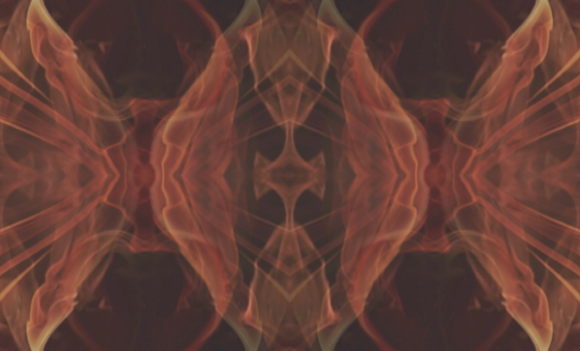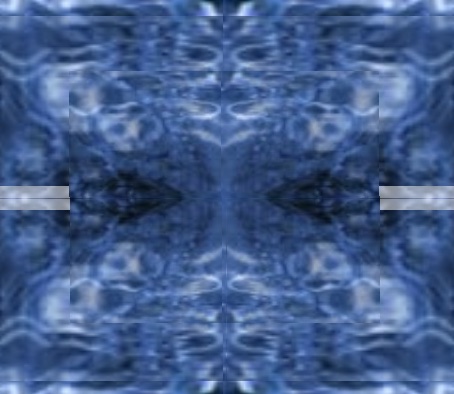
When I left off this line of thought in my previous post, I concluded that ghosts are a different sort of thing than persons. They are better seen as psychological patterns, appearing in a narrative around a personification. 3. Now all this talk about psychological “patterns” may sound a little vague. Patterns are forms or dynamics that occur repeatedly (and recognizably so). But whether we see a...








